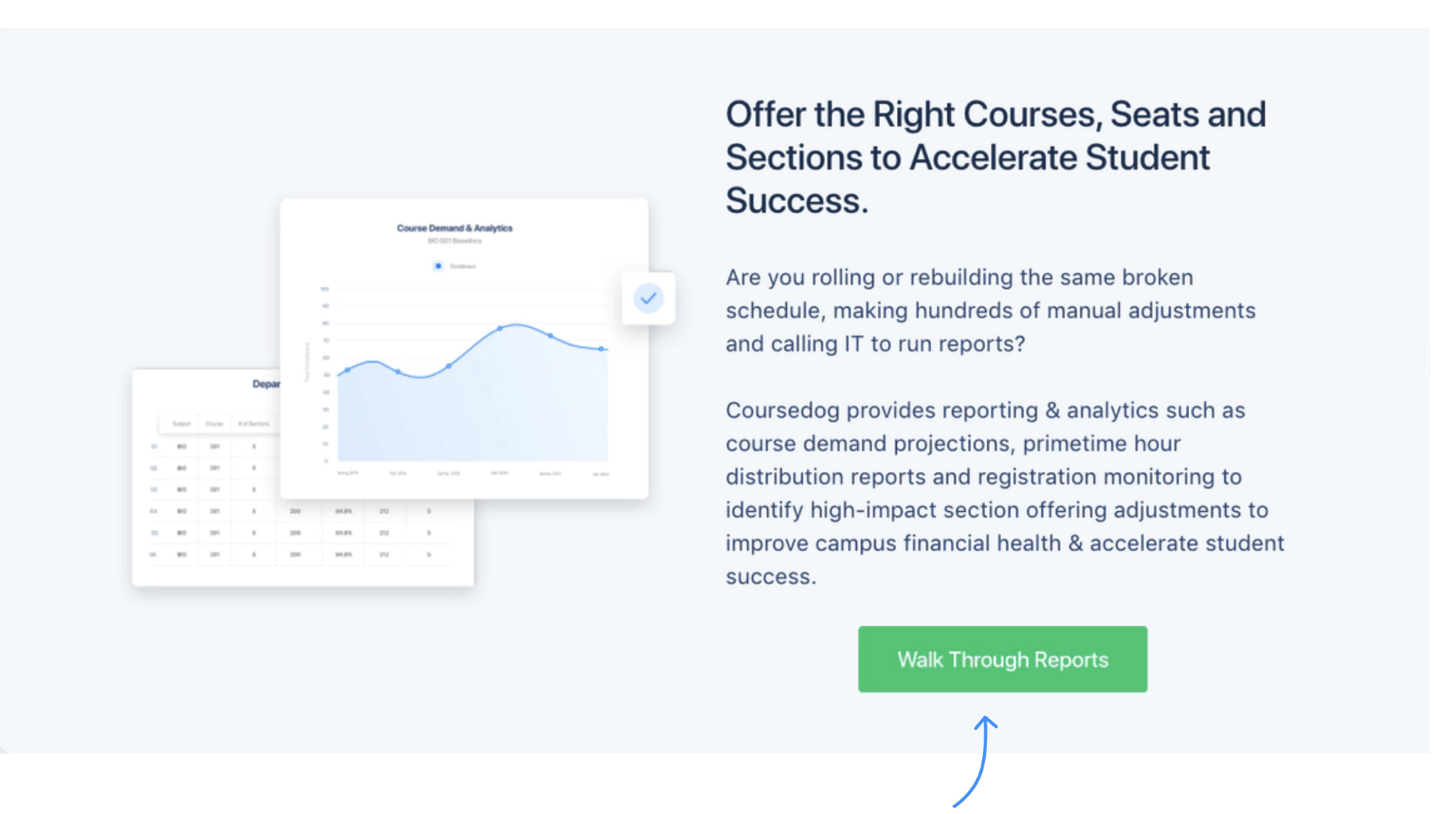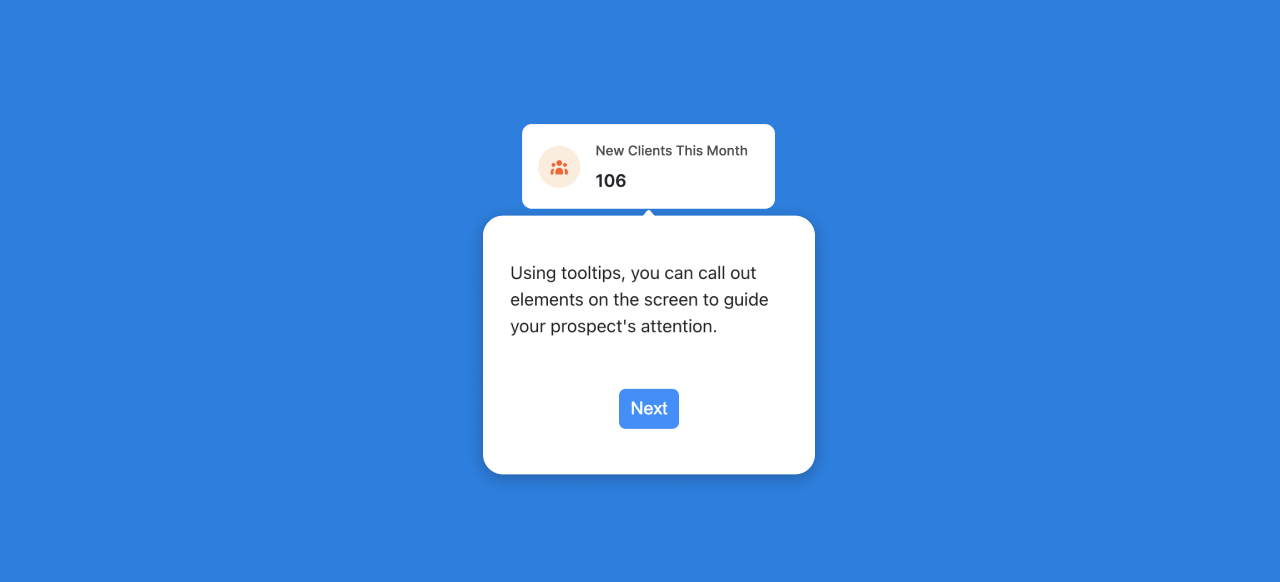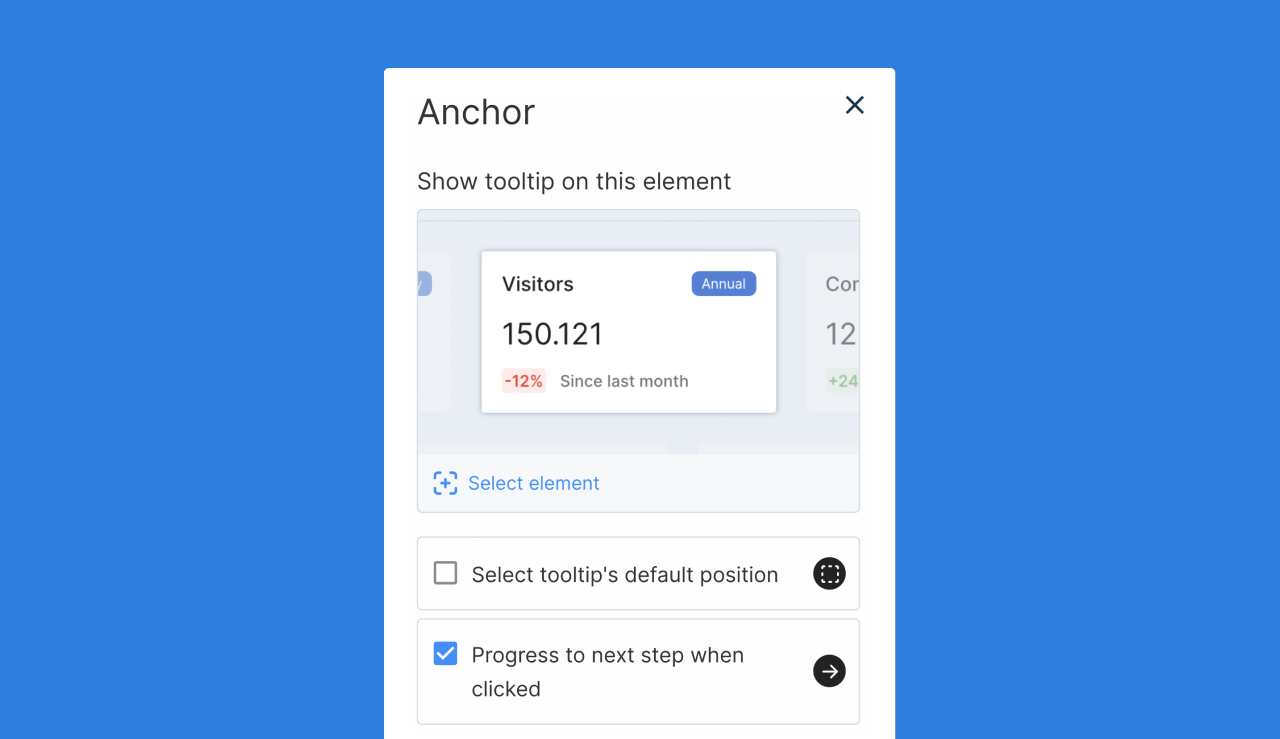Standing Out From The Competition With An Interactive Demo

CEO, Co-Founder

Today, SaaS companies average about nine competitors within their space after a year; however, they only averaged two competitors a mere five years ago.
With the rise in competition, it’s essential for SaaS companies to build a strong brand awareness, product and distribution channels, all really quickly.
One way to meet modern buyers’ needs and drive increased conversion is through a hands-on test drive of the software product. The interactive demo helps prospects understand how the product works, without needing to set up an account or chat with the vendor.
Many SaaS sales and marketing teams are finding this is a competitive edge that not only drives lead generation, but also allows you to place your product in the forefront of your customer acquisition strategy.
What is the value of an interactive product demo?
If SaaS vendors already have over three times as many competitors as they did five years ago, how many will they have in the next five years? No one knows for sure, but it’s become increasingly critical that SaaS companies find a way to differentiate themselves during the evaluation process.
It’s also the case that modern buyer patterns are changing. Long gone are the days when the balancing scale of knowledge tilted in favor of vendors. Today, SaaS companies are selling to savvy, well-informed prospects. They’ve explored your G2 reviews, talked to friends in slack channels, explored your website in-depth, and read customer stories, all before they have that first conversation with sales.
However, one of the key data points that they’re looking for is an understanding of what your product does and how it can best meet their needs.
Enter interactive product demos. In this product-led model, a prospect's time-to-product is significantly faster.

As prospects become more familiar with the product, they build a rapport with a brand. When they’re ready, they can come to the first sales call prepared with detailed, use-case oriented questions and begin the buying journey informed.
How does an interactive demo help you stand out?
Primarily, a product tour helps you stand out by giving prospects access to the solution's most valuable features. The idea is to walk them through the product, showcasing essential functions to the buyer and most importantly, the value the product provides (time savings, workflow efficiencies, dollars saved, etc).

SaaS vendors don't have to be international corporations to leverage product tours, and that's the beauty of low-code solutions that help develop them. Nowadays, interactive demo platforms make it possible for all SaaS companies to offer interactive demos, without needing to involve engineering.

One of the other benefits is that interactive demo creation doesn’t exist in a silo. Instead, it affords opportunities to give prospects leave-behind collateral, interactive training that can be embedded in documentation and demo vignettes that can be used in outbound sales outreach.
How do you build an interactive product demo?
Many of the best practices are outlined in this piece, 5 Keys to Building Interactive Demos That Convert. The general rule is that 20 percent of the interactive demo should address 80 percent of a prospect's pain points.
The risk is that when starting out, SaaS teams will get ahead of their skis and try to highlight a solution's brand new bells and whistles, neglecting to focus on the core parts of the platform that provide value. It’s critical to recall that the entire point of interactive demos is to drive prospect engagement around the problem and value the product provides, rather than discrete details around the user interface.
As a guiding rule, it’s helpful to keep in mind the following key questions:
- What is the desired next step?
- Where will the interactive demo be used?
- What is the desired persona?
- What features best showcase your product?
Once an interactive demo is ready for usage, the sales team will appreciate the shift away from a sales-led approach to a more product-led strategy. We call this hybrid go-to-market strategy customer-led growth. Rather than burdening sales, interactive product demos actually make their job more efficient since they'll mainly be dealing with qualified leads who are informed about the product and want to dive deeper on their use case.